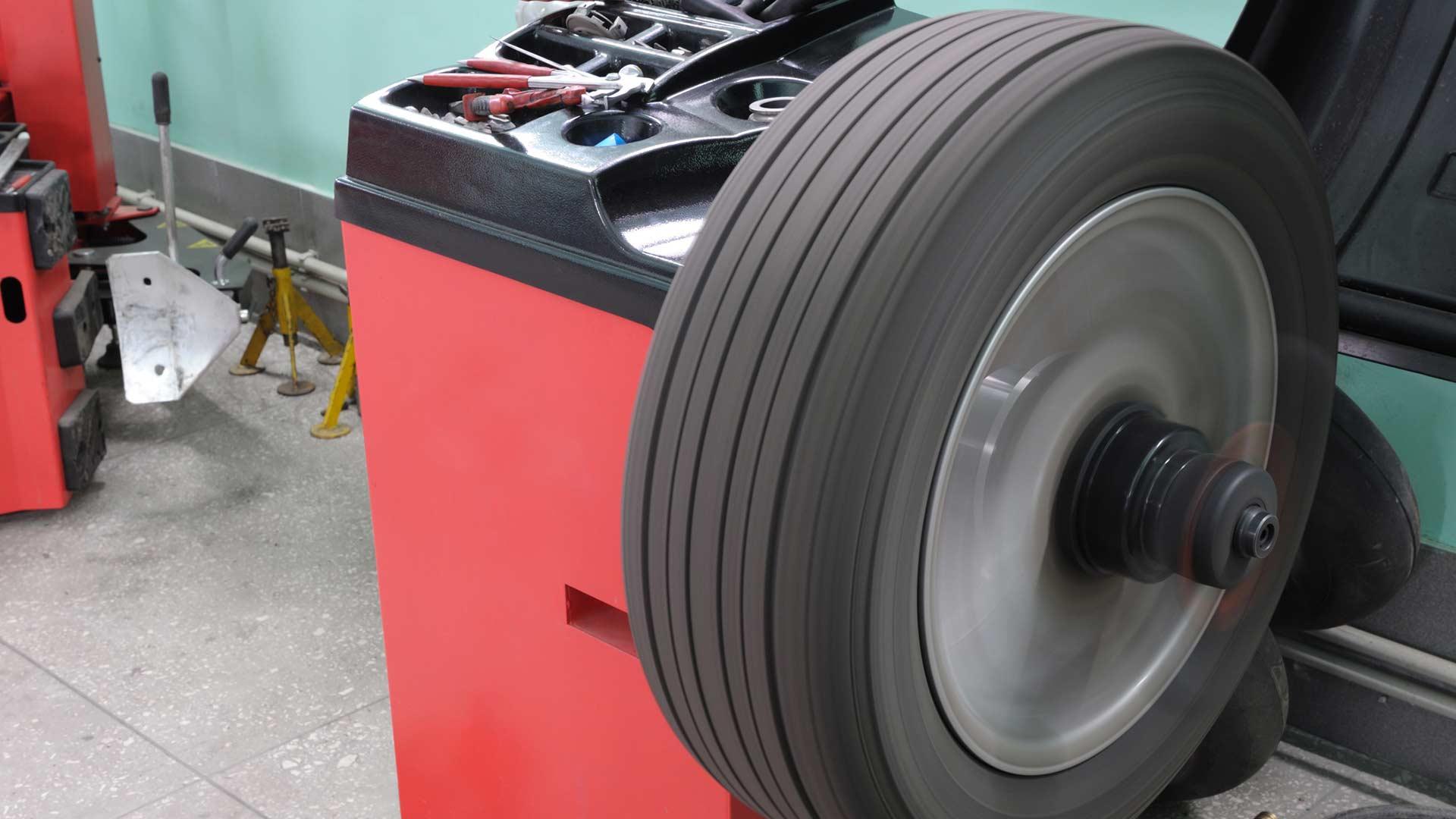
Finishing wheel balancing: a necessary procedure or an extra waste of money
Content
The main thing is the feeling of reliability and predictability of the car's behavior at high speeds. Therefore, car owners who have done the final balancing at least once, regularly return to the service to make driving more enjoyable and safer.
The higher the speed of the car, the more important for the safety of the driver are the most insignificant, at first glance, details. Differences in wheel balance that are subtle to the eye at speeds above 100 km / h can lead to loss of control of the machine with sad consequences. To avoid these troubles, final wheel balancing is necessary.
Finishing balancing: what is it for
For a modern car that moves along a good country highway, 130-140 km / h is a normal cruising speed.
And the achievement of these requirements is impossible without strict correspondence between the center of mass of the wheel and its geometric center. Otherwise, wheel beating occurs even on absolutely flat asphalt.

Finish balancing
To combat this phenomenon, wheel balancing is used. But it may not be enough for car owners who care about speed. Even the usual balancing performed in accordance with all the rules does not allow to identify and eliminate all defects in disks and tires. Finishing wheel balancing is a procedure that will allow you to perfectly balance the wheel-suspension system.
Process features and work order
Finishing balancing requires specialized equipment and highly qualified personnel. Two main features of finishing balancing should be noted:
- it is made only after normal balancing, as a rule - in the same workshop;
- the procedure takes place on the wheels already installed on the car.
The machine with wheels already balanced is installed on a special stand with rollers and sensors. With the help of rollers, the wheel spins up to a speed of 110-120 km / h, after which the sensors take measurements of the vibration level. In this case, not only the beats of the wheel itself are measured, but also the suspension, the steering mechanism - the entire system as a whole.
It can be achieved in two ways:
- fixing weights on the wheel rim (weight weight - 25 grams);
- by placing special granules inside the tire, which, rolling inside while driving, will level the imbalance.
The second method is more reliable, since the weights can fall off during operation, but, on the other hand, it is much more expensive.
In order for the final balancing process to be completed successfully, a number of rules must be observed:
- The ABS system must be disabled. If the system does not turn off, it is impossible to carry out the final balancing.
- Wheels must be perfectly clean and dry. Even a few small stones stuck in the tread can nullify all efforts.
- The wheels must not be too tight.
- The order of tightening the wheel bolts must be strictly observed.
The question of how often finishing balancing should be carried out is debatable. Most auto experts recommend sending the car for this procedure:
- when changing tires seasonally;
- after an accident with damaged wheels;
- when buying a used car;
- after a run of 10000-15000 kilometers.
Finishing balancing can be done on any machine. But for heavy frame SUVs, which are operated mainly on unpaved roads, and are selected on asphalt from time to time, there is no need for such a procedure.
Benefits of Finish Balancing
Reviews of drivers whose cars have passed the finishing balancing procedure speak for themselves:
- “The car perfectly obeys the steering wheel, smoothly enters into turns”;
- “At high speeds, the cabin became noticeably quieter”;
- "Surprisingly, after finishing I noticed a decrease in fuel consumption."
The main thing is the feeling of reliability and predictability of the car's behavior at high speeds. Therefore, car owners who have done the final balancing at least once, regularly return to the service to make driving more enjoyable and safer.
